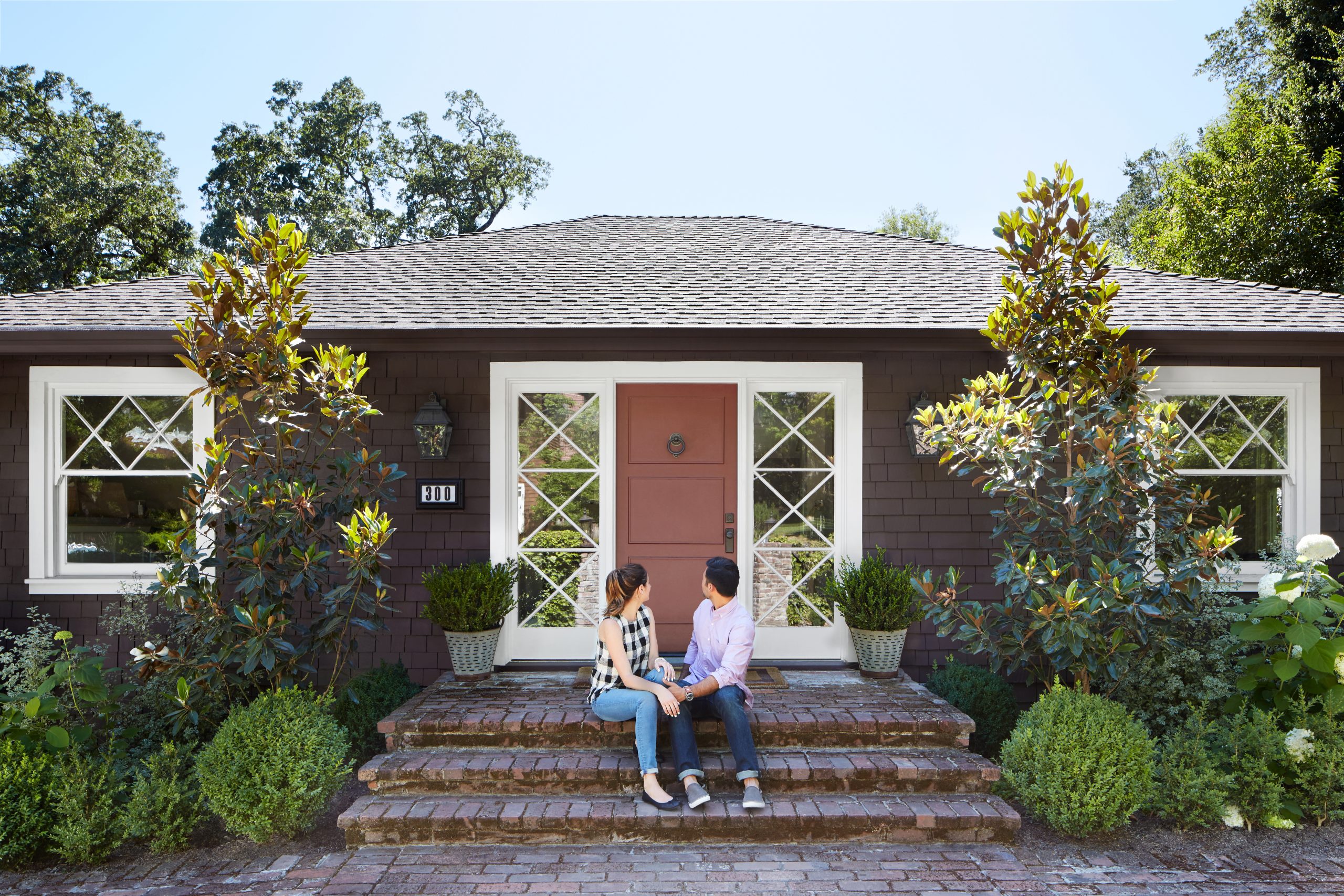What is Homeowners Insurance?
Homeowners insurance provides homeowners – and lenders – with financial protection if the home is damaged. In addition to covering the dwelling, these insurance policies offer coverage for the possessions in the home against damage or theft.
Is home insurance required to buy a home? If you are going to need a mortgage, then yes. Most mortgage companies require borrowers to carry homeowners insurance so they can get paid if the home is seriously damaged.
Homeowners insurance is not legally required, but if you sign a contract with a mortgage lender to buy a home you will likely be required to carry homeowners insurance.
If you are considering buying a home, it makes sense to learn more about first-time homeowners insurance. Let’s cover some of the basics, including what to look for in a policy and what costs you can expect for insurance coverage.
What to Look for In a Homeowner Insurance Policy
When shopping for first-time homeowners insurance, pay attention to the following:
Coverage
A comprehensive policy should cover a range of potential damages, including:
- Dwelling: The structure of your home and the structures that are attached, such as your patio and garage.
- Other structures: Structures in addition to the main dwelling, like fences, sheds, and gazebos.
- Personal property: Personal belongings in the home such as furniture and devices.
- Loss of use: Usually helps pay for living expenses, such as hotel costs, when your home is being repaired.
- Liability: Protects against liability for you and your family if you damage someone’s property or someone is injured on your property and seeks damages or needs medical care.
Limits
Each type of coverage has limits to how much it will pay. You can typically increase your limits by paying a higher premium. With first-time homeowners insurance, strive to find the sweet spot where your limits are high enough to pay for replacement and other costs without being excessive. It’s good to have some extra room in your policy for the unexpected, but you don’t want to pay for more than you will use.
Exclusions
Look for the specific types of damage that a policy covers to make sure you have adequate protection. For example, most homeowners’ policies do not cover wildfire damage. You need additional coverage to pay for damages if your home burns down in a wildfire.
Deductibles
Most policies have deductibles, which are the costs that you will pay if you file a claim. For example, many policies have deductibles ranging from $500 to $2,000. If your home is damaged and you file a claim, you will pay the deductible and the insurer will cover the rest of the cost.
The Cost of Homeowners Insurance
A homeowners insurance policy will cost more or less depending on several factors, including:
- Location: Different locations are more or less likely to file claims, such as cliffside neighborhoods vs home developments in a valley. The riskier the location, the higher the premium.
- Home value: The more valuable the home, the more it will cost to repair or replace. That makes the premiums for more valuable homes higher.
- Claims history: The more insurance claims you have filed, the more likely your premium is to be higher. Insurers expect those who file claims to file more in the future.
- Coverage types: Some types, like dwelling coverage, are part of every homeowner’s insurance policy. But other types, such as wildfire coverage, are typically add-ons with additional costs.
The cost of homeowners insurance varies quite a bit depending on the area where you need coverage. The average cost in the U.S. right now is around $2,100 per year with a $300,000 dwelling limit. However, the cost in Alaska is more like $1,300 per year – so where you live matters.
How to Get the Best Insurance Rate as a First-Time Buyer
To get the best insurance rate as a first-time buyer, try the following:
- Compare quotes from multiple insurance companies to get the best deal. When comparing, pay attention to annual premiums, deductibles, coverage limits, and types of coverage.
- Bundle your homeowner’s insurance policy with other insurance policies like car insurance.
- Opt for a higher deductible to reduce your premiums.
- Know how much coverage you actually need to avoid overpaying. Dwelling coverage needs to be enough to rebuild your home while personal property coverage is typically 50% to 70% of the dwelling coverage.
How To Save for Home Ownership
At MyStages, we offer early career planning assistance and early career financial advice to clients all across the country. One of the big points we focus on is saving to buy a home. The advice we offer includes:
- Set a savings goal
- Create a savings plan
- Get serious about reducing expenses
- Look for opportunities to increase your income
- Utilize government programs for first-time homebuyers
- Use down payment assistance programs
Celebrating Your First Home
Few things are more exciting than buying your first home. Getting the right homeowners policy – one with the right coverage, high enough limits, and a deductible you prefer – will ensure that your investment is protected.
Prepare for the future by consulting a financial planner for personalized advice.



